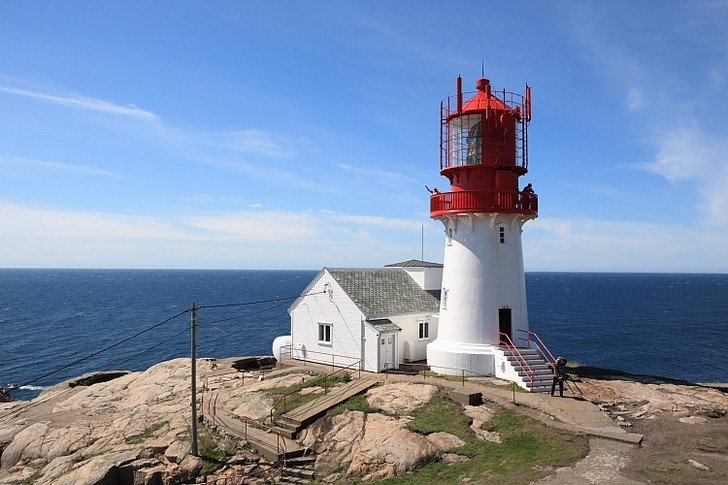The land of harsh Vikings and northern lights, majestic fjords and snow-white ice, emerald greenery and hospitable people - this is all Norway is an amazing country located in the northern part of Europe, in the west of the Scandinavian Peninsula. Few people know, but Norway is a kingdom. It still has its own monarch, who rules the country in accordance with the constitution adopted in 1814.
The local climate (subarctic - in the far north, maritime - in coastal areas and continental - in mountainous areas) is moderate. In summer, the temperature fluctuates between plus six and fifteen degrees, in winter it drops to minus twelve, but it can also stay around zero.
The largest city in Norway - the capital of Oslo, unlike other European cities, boasts not only a historical and cultural and commercial spectrum of entertainment, but also a stunning environment created thanks to numerous natural parks and reserves.
What to see in Norway?
The most interesting and beautiful places, photos and a brief description.
Geirangerfjord
Majestic waterfalls, sheer cliffs, about one and a half kilometers high, snow-white glaciers and abandoned farms located on small mountain sites, make up the inexplicable charm of one of the most picturesque fjords in Norway. The Fjord Museum located nearby introduces tourists to the geographical life of the country.

Roros
The tiny Norwegian city, known since the 17th century as a copper mining center, still preserves its historical heritage: its center is represented by unique wooden houses built several centuries ago. The local artist H. Solberg was very fond of Roros and often painted the city with its surroundings.
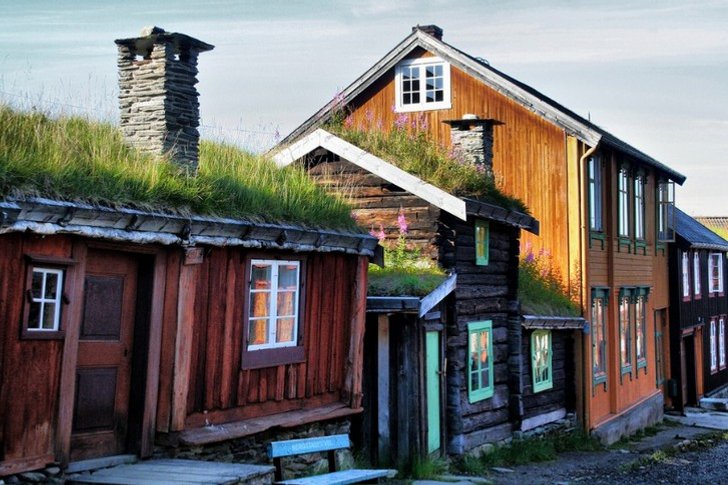
Stave Church in Urnes
Built at the beginning of the 12th century, the wooden church in Urnes is a striking example of a unique “animal style”, characterized by asymmetric ornamentation and the use of animal motifs. The latter paint a scene of a struggle between a lion (Christianity) and a serpent (paganism) at the Stave Church. There is a version that scenes from Scandinavian mythology are depicted on the carved panels of the temple.

Vöringsfossen
One hundred and eighty-two meter waterfall is the most popular in Norway. Located in the Mobödalen valley and part of the Bjoreyu River, it is most beautiful at the foot of the local National Trail. The view from above is another convenient vantage point for observing the Vøringsfossen waterfall.

Cape North Cape
Located on the island of Mageryo, the North Cape is a large, towering three hundred and seven meters, a ledge of granite rock, completely dotted with cracks. It is the northernmost point (having access roads) of the common European market and contains a convenient observation deck from which a majestic view of the Barents Sea opens up.
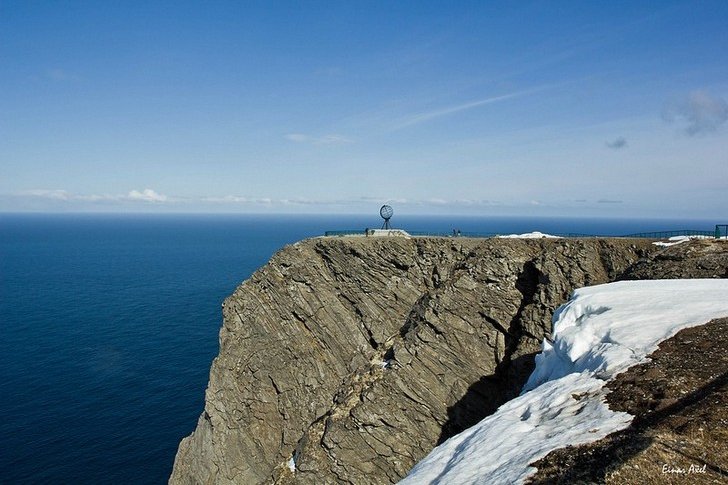
Viking Ship Museum
In an early 20th-century building on the Bygdö peninsula, you can see three huge Viking ships built in the 9th century and found a thousand years later in the waters of Oslo. The objects present on the grandiose ship structures are also included in the museum collection: old wooden sledges and carts, dishes, household belongings and fragments of fabrics can be seen today by everyone.
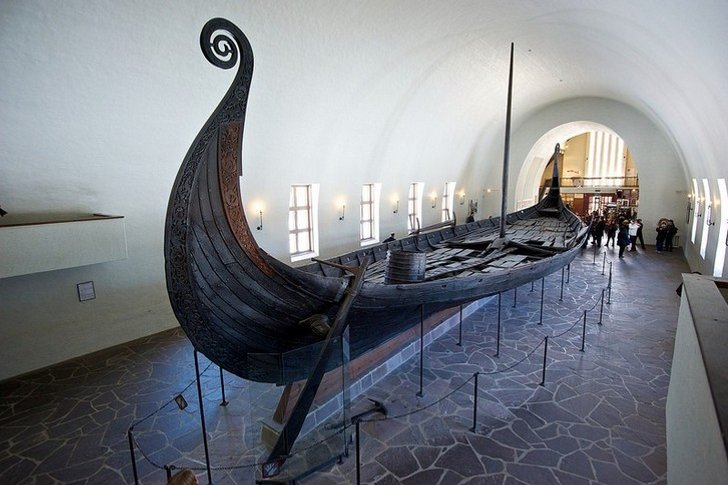
Jostedalsbreen
One of the largest European glaciers covers an area of 487 square kilometers and has about fifty independent glaciers extending from it. Since 1991, Jostedalsbreen has been part of the national park of the same name. The glacier is fed by abundant snowfall.
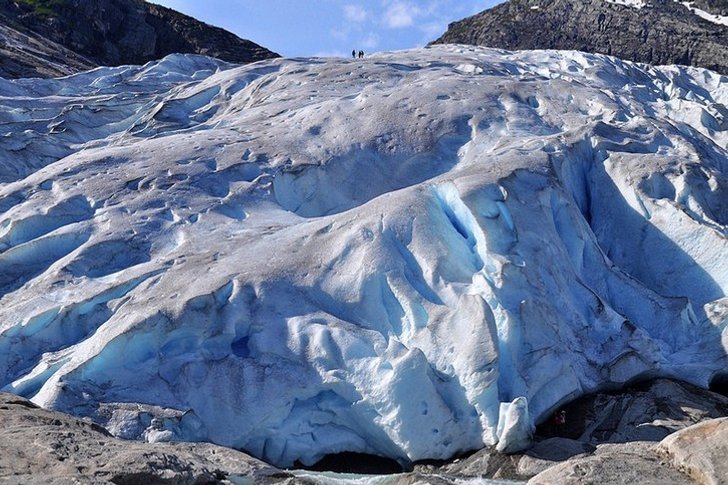
Bryggen
The Hanseatic embankment of Bergen consists of colorful wooden houses built before the beginning of the 18th century. Many old buildings have been reconstructed after numerous fires, but their stone cellars boast a five hundred year history. Modern Bryggen is a meeting place for artists working in their workshops and tourists visiting local souvenir shops.
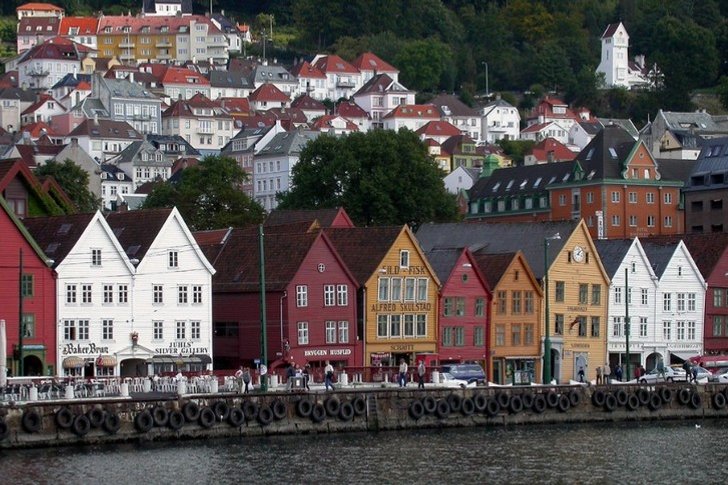
Vigeland Sculpture Park
The sculptures of Gustav Vigeland that convey human states constitute a separate composition of the large Oslo-Frogner park. Wrestling, dancing, running, embracing - everything that a person does and how he lives is embodied in more than two hundred frozen figures. Some of the park's compositions are allegorical in nature. These include the sculptures "Angry Baby" and "Man Attacked by Babies".
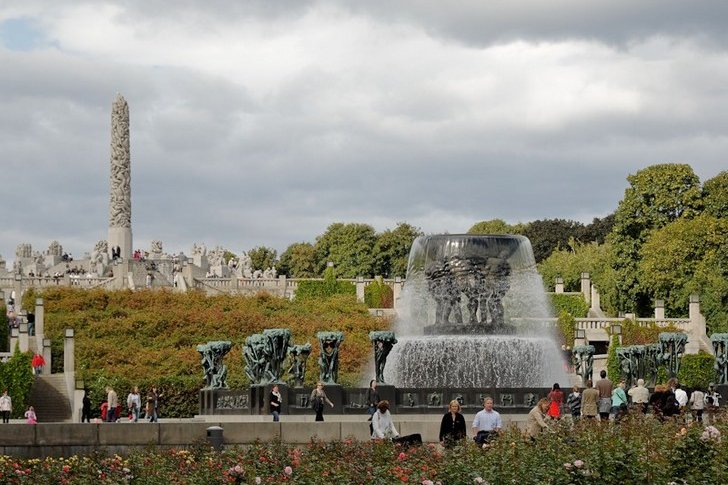
Preikestolen
A giant cliff, towering over the Lysefjord to a height of six hundred and four meters, ends with a flat, square platform. The path to it passes through picturesque mountain landscapes and takes about two hours. The "pulpit" introduces tourists to several belts of vegetation: its foot is covered with forests, only mosses and lichens remain to the top.
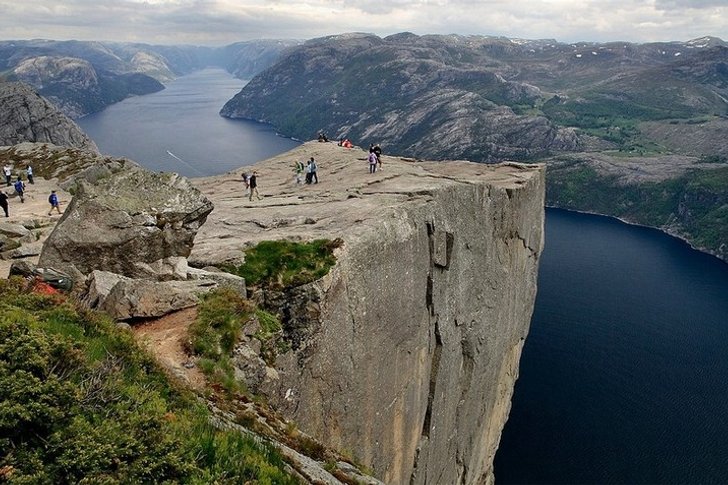
Karl Johan street
Oslo's main street bears the name of the local king, who died in 1844. It stretches along the city for one kilometer, connecting the Central Station with the Palace of the Norwegian rulers. The main sights of Oslo are located in the Karl Johan area. The area adjacent to the street is considered the central part of the city. West Oslo is located behind the Palace, east - behind the station.

Holmenkollen
The popular Norwegian resort, located in the suburbs of Oslo, consists of five hundred kilometers of ski, biathlon and slalom tracks. The observation deck located at its top offers a stunning view of the capital of the country. Holmenkollen also has its own ski jump, reaching a length of one hundred and fifteen meters.

Fram Museum
In a glass tent, standing on the shores of the Oslofjord, the Bygdö peninsula, the Fram vessel, which took part in three polar Norwegian expeditions, is exhibited. Museum visitors can board the ship, look into the cabins and admire the stuffed animals that inhabit the regions of the North and South Poles.
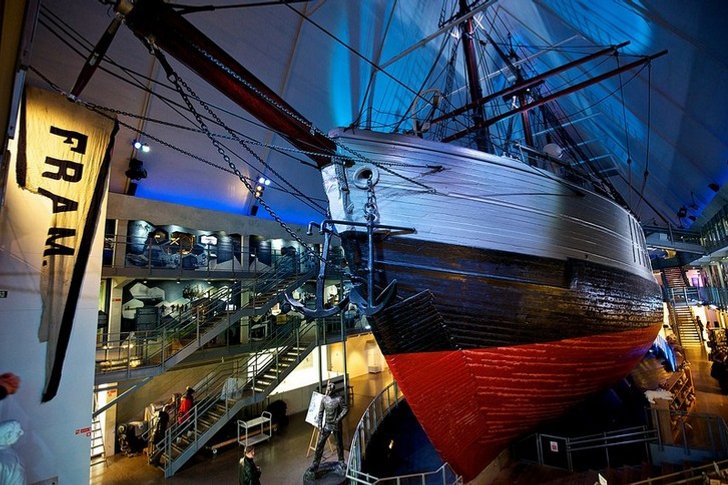
Flåm Railway
The twenty-kilometer railway passing through the west of Norway is an integral part of the Bergen Highway, but is used mainly for tourist purposes. The main part of the path runs at a slope of five and a half degrees. The railway route goes through the picturesque Flåms Valley, full of steep mountains, tunnels and waterfalls.

Steinsdalsfoss
One of the most visited waterfalls in Norway is located in the west of the country, not far from the town of Nurheimsund. The twenty-meter stream of water is part of the Fosselva River. A bridge located inside the waterfall allows tourists to enjoy an unusual natural spectacle. The surroundings of Steinsdalsfoss (emerald grass, lush forests) are no less beautiful than the waterfall itself.
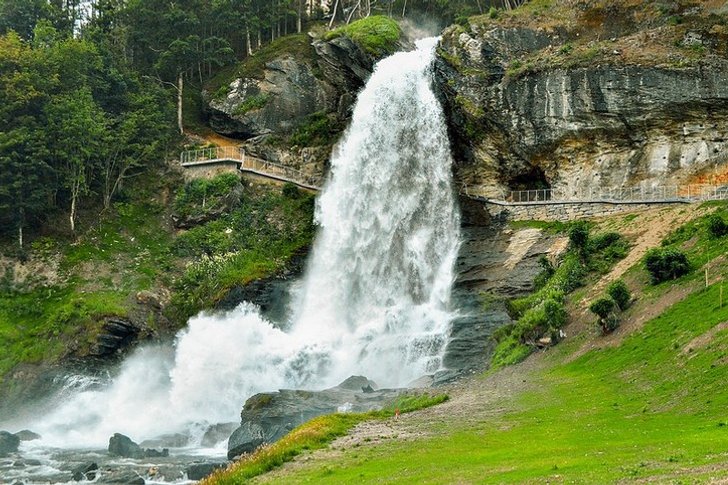
Troll tongue
Protruding like a giant tongue, the section of the Skjeggedal rock is located far from the classic tourist routes. It takes five hours to get to it, and most of the time you have to walk uphill. From Troll's Tongue you can enjoy a wonderful view of Lake Ringedalsvatn, located 350 meters below the cliff.

Nærøyfjord
The narrowest fjord in Norway is a seventeen-kilometer bay with sheer cliffs more than one and a half kilometers high. On the banks of the Neroy are small farms and tiny villages, the largest of which is Gudvangen. In it, tourists can find an old hotel and a souvenir shop offering products of local craftsmen.
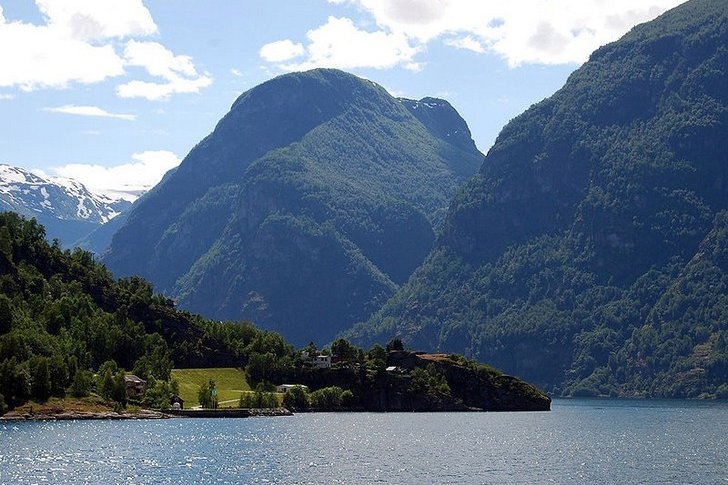
Rock paintings in Alta
Located in the north of Norway, the open-air museum contains more than five thousand rock paintings. They were created by ancient people in the period from 4200 BC. before 500 BC Cave images contain scenes of hunting and fishing, shamanic rituals, scenes of cooking and relationships between people.
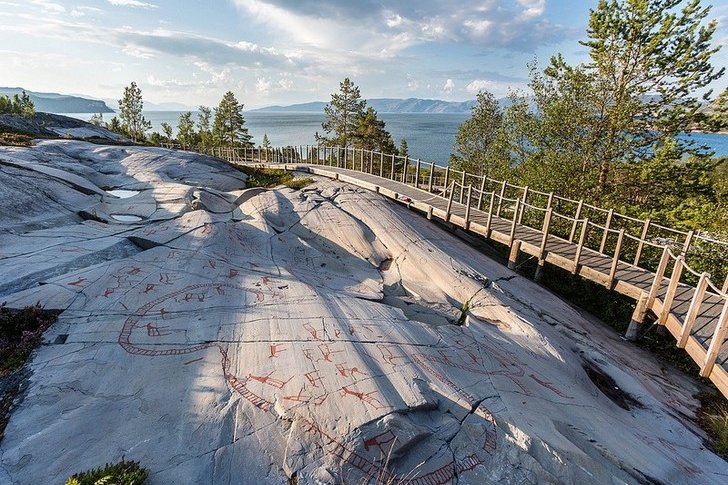
Northern lights
Colliding with particles of gases in the upper atmosphere, tiny solar particles give rise to an amazing natural phenomenon - the northern lights. Norway is the only country in the world where you can see it in all its glory. Multi-colored flashes in the sky are best observed in the northern part of the country from October to February.

Lighthouse Lindesnes
The oldest lighthouse in Norway (date of construction - February 1655) is the southernmost in the continental part of the country. For a long time it served to navigate ships passing between the Norwegian and Danish coasts. Now a museum has been opened at the Lindesnes lighthouse, introducing visitors to the history of the building, which has gone from a coal firebox to the latest radio navigation system.
